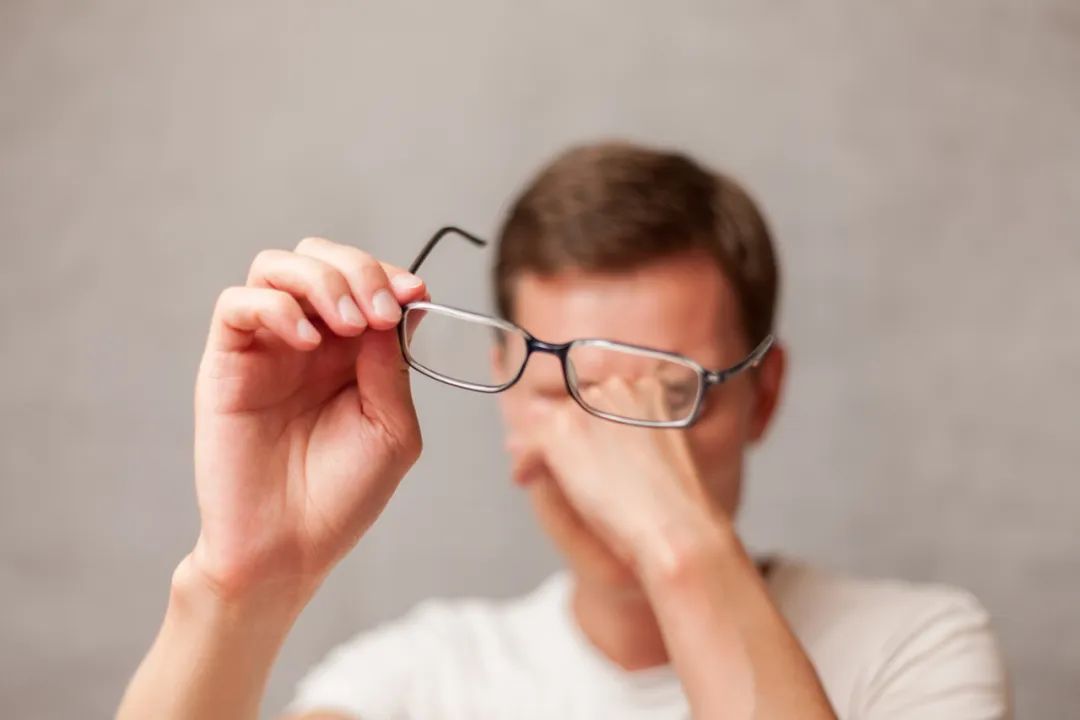Objective: To measure the horizontal vergence (BI and BO vergence) used by patients to maintain binocular vision through the use of prisms.
Gradually increasing the prism causes the horizontal retina to shift, forcing the patient to use the vergence system to compensate for this shift.
To measure the gathering and dispersing capabilities of BI and BO, three aspects of data need to be obtained:
(1) Blur point: Indicates that the patient can no longer use the vergence to compensate for the retinal shift caused by the prism, but can still maintain stable accommodation.
(2) Rupture point: Indicates that the patient has exhausted all vergence potential and can no longer maintain binocular vision.
(3) Recovery point: Indicates that the induced retinal detachment gradually decreases, allowing re-applying vergence to obtain binocular single vision.

② A distance vision chart with a single visual mark
(2) Displays a single optotype, which is the row above the best corrected visual acuity of the poor eye.
(3) Adjust the Risley prism to the zero position and place it in front of the patient's eyes, and adjust the prism degree in the horizontal position.
(2) Instruct the patient to focus on the visual mark and try to keep it clear, and ask the patient to report when the following situations occur:
① Blurred vision (fuzzy point)
② Visual target becomes two (break point)
③ Optotype moves to the left or right, which means that one eye is suppressed.

(3) Simultaneously increase the prism power of both eyes at a rate of about 1△ per second, do BI inspection first and then BO inspection. This is because the BO vergence inspection will affect accommodation and convergence to some extent, and then it is possible Affects the result of BI vergence check.
(4) When the patient reports the aforementioned three points, record the sum of the prism power of both eyes. First, when the patient reported that the visual target became blurred (blurred point), record; secondly, when the patient reported that the visual target became double (ruptured point), it was recorded.
(5) Slightly increase the prism power in the same direction to cross the rupture point, and then decrease the prism in the opposite direction until the patient reports that the visual mark becomes one again, which is the rupture point, and record the sum of the prism powers in front of both eyes at this time.
(6) Similarly, repeat steps 2 to 5 to complete the BO inspection.
Post time: Mar-18-2023

